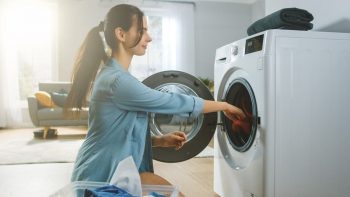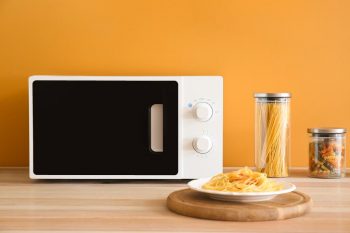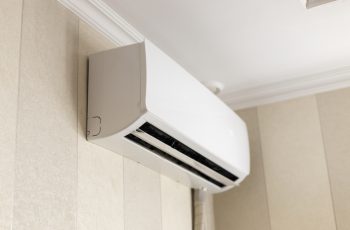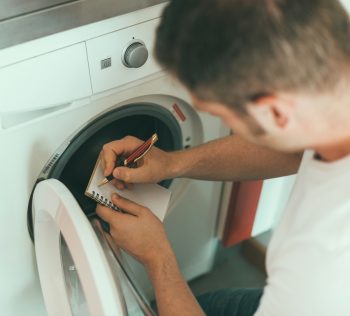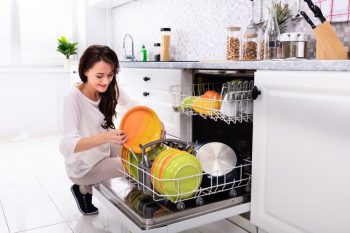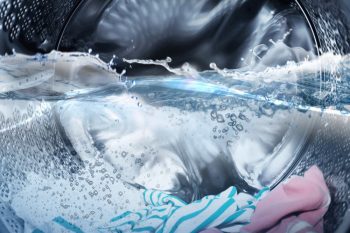
Finding the right tankless water heater for your home can be a daunting task. With so many brands, types, and sizes available in the market, it’s essential to know what to look for to make an informed decision. This comprehensive guide will help you find the perfect tankless water heater that suits your needs and preferences.
Finding your ideal tankless water heater involves understanding your hot water needs, considering key features such as energy efficiency, size and capacity, digital connectivity, space savings, longevity, warranty, and low maintenance. You also need to choose the right size based on your home’s hot water demand and the number of fixtures that need hot water simultaneously. Lastly, consider different types of tankless water heaters, their advantages and disadvantages, cost, reputable brands, and proper installation and maintenance.
What is a Tankless Water Heater?
Tankless water heaters, also known as demand-type or instantaneous water heaters, provide hot water only as it is needed. They don’t produce the standby energy losses associated with storage water heaters, which can save you money. They heat water directly without the use of a storage tank. When a hot water tap is turned on, cold water travels through a pipe into the unit. Either a gas burner or an electric element heats the water, delivering a constant supply of hot water.
Key Features to Look for in a Tankless Water Heater
When looking for a tankless water heater, consider the following key features:
- Energy efficiency: Tankless water heaters are generally more energy-efficient than traditional tank heaters, as they only heat water when needed, reducing standby energy losses. Look for a unit with a high energy rating, as this can result in lower utility bills.
- Size and capacity: Tankless water heaters come in point-of-use and whole-house versions, with both electric and gas-powered models available. Consider the size of your household and the number of simultaneous hot water users to determine the appropriate capacity. Gas-fired tankless water heaters typically produce higher flow rates than electric ones.
- Digital connectivity: Some tankless water heaters offer digital connectivity, allowing you to adjust the temperature, monitor gas and hot water usage, and receive maintenance notifications on your phone.
- Space savings: Tankless water heaters are compact and can be wall-mounted, saving floor space and eliminating the need for a dedicated closet.
- Longevity and warranty: Tankless water heaters generally last longer than traditional tank heaters. When shopping, compare warranty information to help you decide between similar units.
- Instant hot water: Ensure that the tankless water heater you choose can provide true on-demand heating, avoiding the inconvenience of waiting for hot water.
- Low maintenance: Tankless water heaters typically require less maintenance than traditional tank heaters.
How to Choose the Right Size?
The size of your home affects the type of tankless water heater you should choose because it determines the hot water demand and the number of fixtures that need hot water simultaneously. To choose the right size tankless water heater, you need to consider the flow rate (GPM) and the temperature rise required for your home.
Here are some general guidelines for sizing tankless water heaters based on the number of fixtures:
- 3.5 GPM for 1-2 fixtures simultaneously
- 5 GPM for 2-3 fixtures simultaneously
- 7 GPM for 3 or more fixtures simultaneously
Different Types of Tankless Water Heaters
There are several types of tankless water heaters available in the market, which can be categorized based on their fuel type, installation location, and technology. Here are the main types:
- Fuel type: These heaters use natural gas or propane as fuel and are generally more powerful than electric models.
- Installation location: These heaters are installed inside the building and require proper venting to expel exhaust gases.
- Technology: These heaters use a secondary heat exchanger to capture heat from exhaust gases, making them more energy-efficient than non-condensing models. They can also use less expensive PVC venting pipes.
Advantages and Disadvantages of Tankless Water Heaters
Tankless water heaters have several advantages and disadvantages compared to traditional tank water heaters. Advantages include energy efficiency, lower utility bills, a continuous hot water supply, a longer lifespan, space-saving, and environmentally friendly. Disadvantages include higher upfront costs, access to fuel, inconsistent water temperatures, limited flow rate, and high upfront cost and setup work.
How Much Does a Tankless Water Heater Cost?
The price range for tankless water heaters varies depending on factors such as type, capacity, brand, and installation costs. Electric tankless water heaters typically cost between $500 and $800, while gas tankless water heaters range from $750 to $2,300. The total installed cost, which includes the unit, labor, and parts, usually falls between $1,000 and $4,500.
Best Brands of Tankless Water Heaters
Some of the best brands in the tankless water heater market include Noritz, Navien, Rinnai, Takagi, and Rheem. These brands are known for their quality, efficiency, and reliability in providing on-demand hot water.
Installation and Maintenance of a Tankless Water Heater
Proper installation and regular maintenance are key to maximizing the performance and service life of your tankless water heater. This involves mounting the unit, connecting water lines, gas lines, and electrical connections, installing ventilation ducting for gas units, and performing regular maintenance tasks such as cleaning or replacing the water filter, cleaning the air filter (for gas units), and descaling and flushing the system.
Signs of a Malfunctioning Tankless Water Heater
Common signs of a malfunctioning tankless water heater include low water pressure, no hot water, water temperature fluctuations, unusual noises, ignition or flame failure, mineral buildup, cold water sandwich, air supply or exhaust blockage, and leaks.
In conclusion, finding the right tankless water heater involves understanding the key features, choosing the right size and type, considering the pros and cons, comparing prices, selecting a reputable brand, and maintaining the unit properly. With this comprehensive guide, you can make an informed decision and find the perfect tankless water heater for your home.
Frequently Asked Questions
What does GPM stand for in relation to tankless water heaters?
GPM stands for Gallons Per Minute. In the context of tankless water heaters, it refers to the flow rate of hot water the unit can produce. Higher GPM means the heater can supply hot water to more fixtures at once.
Can I install a tankless water heater myself?
While it’s possible to install a tankless water heater yourself, it’s highly recommended to hire a professional. The installation process involves handling gas, electrical, and water lines, which can be dangerous if not done correctly. A professional installer can also ensure that the unit is installed in compliance with local building codes and manufacturer’s instructions.
How often should I maintain my tankless water heater?
For optimal performance and longevity, it’s recommended to perform maintenance on your tankless water heater once a year. This includes tasks like cleaning or replacing the water filter, cleaning the air filter (for gas units), and descaling and flushing the system.
What is the lifespan of a tankless water heater?
The lifespan of a tankless water heater can vary depending on the model and how well it’s maintained. However, with proper care, most tankless water heaters can last between 20 and 30 years.
What is a “cold water sandwich” in relation to tankless water heaters?
A “cold water sandwich” is a term used to describe a situation where a user experiences a brief burst of cold water in between hot water when using a tankless water heater. This can occur when there are short, repeated uses of hot water, like when taking a shower and then washing hands shortly after.


